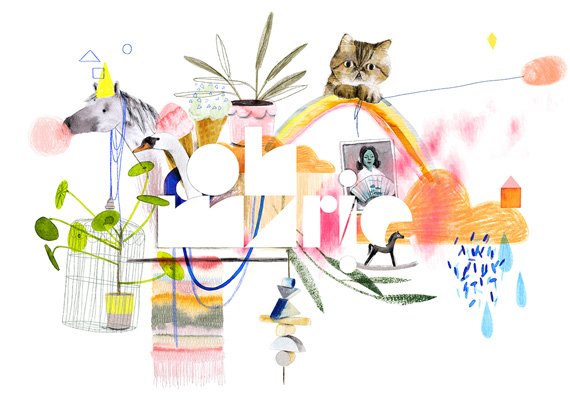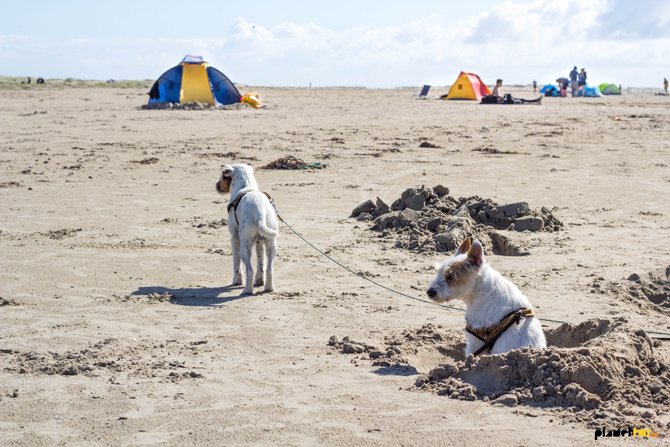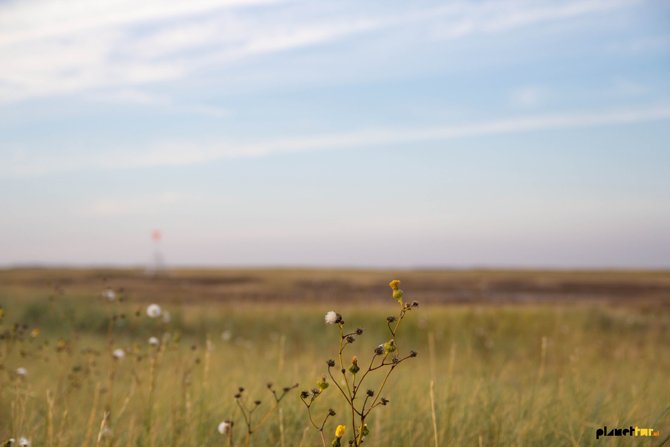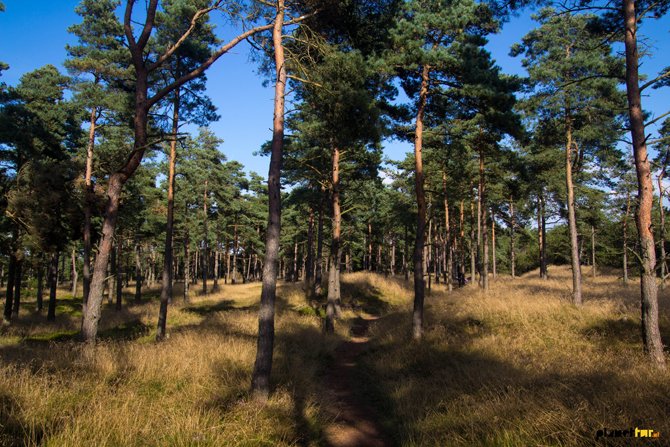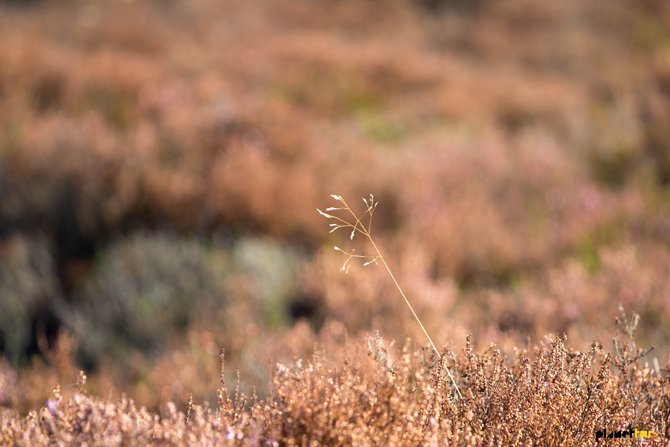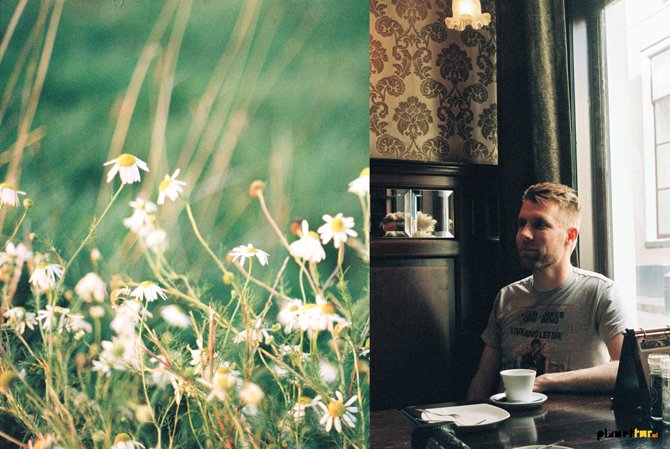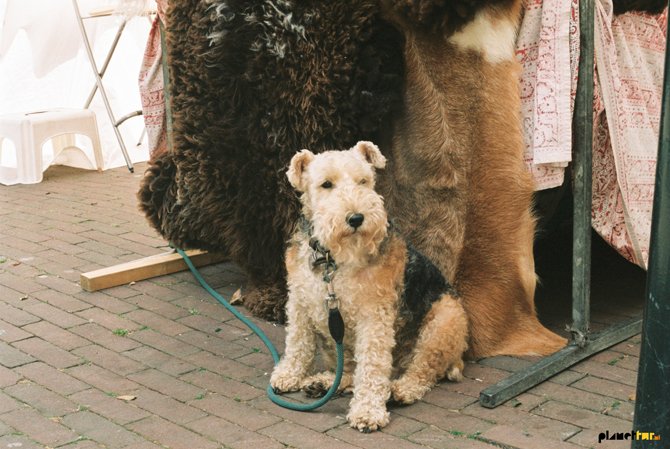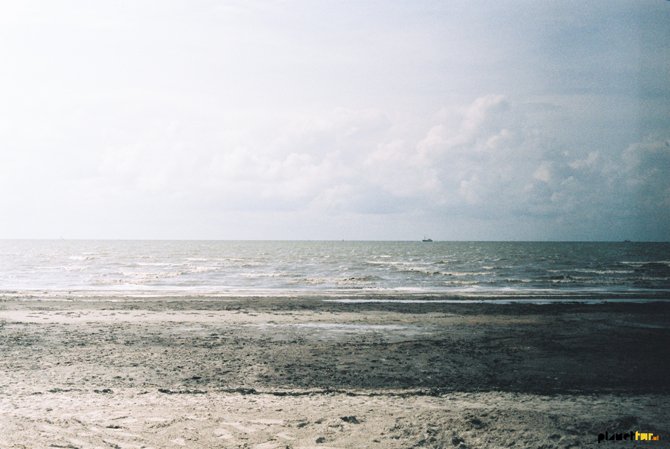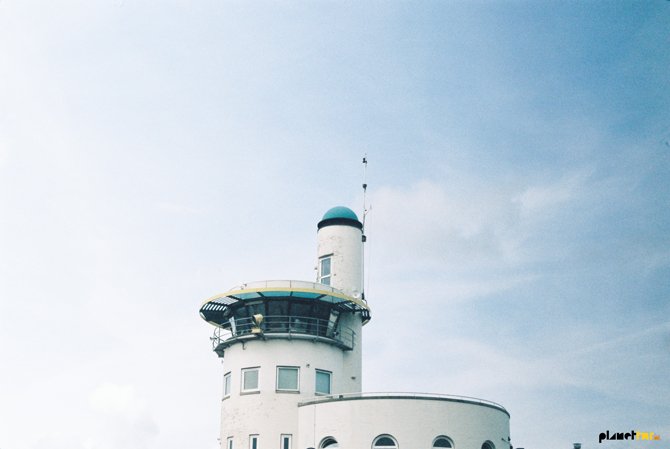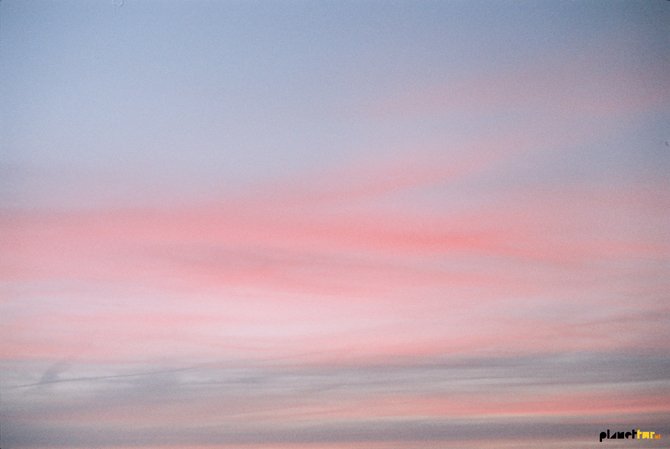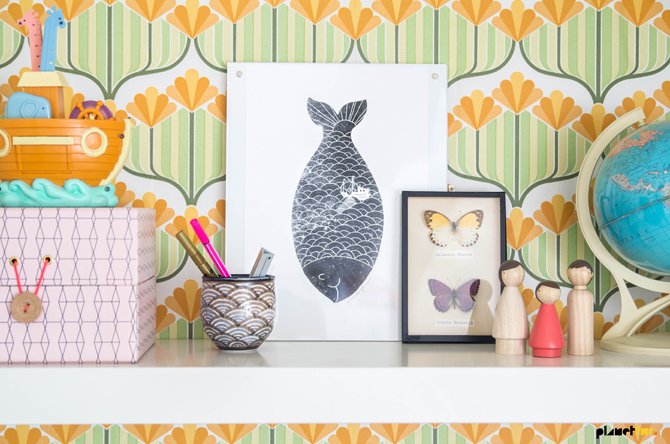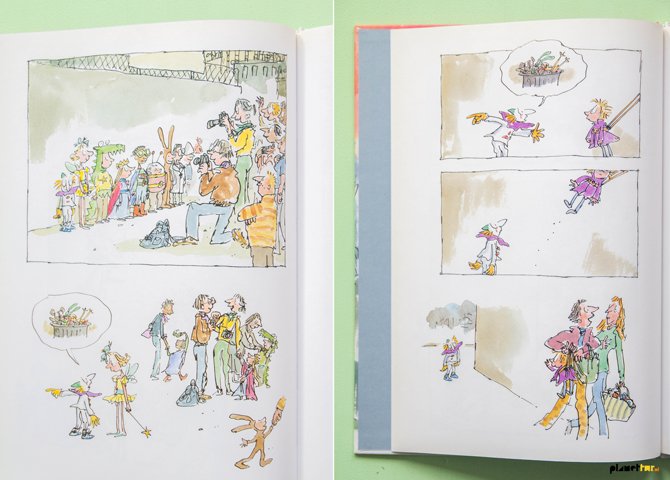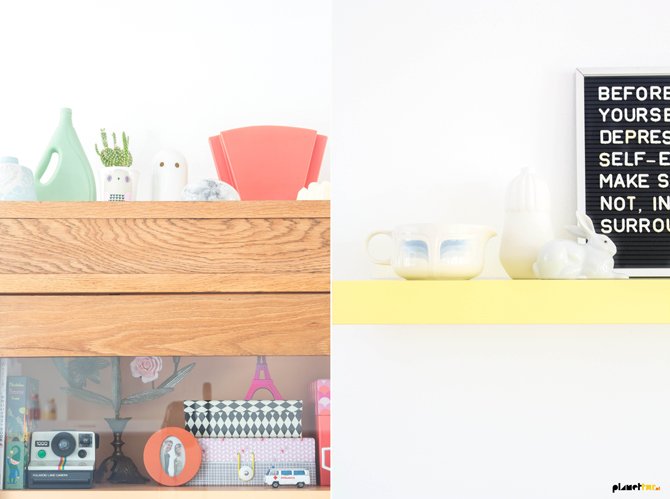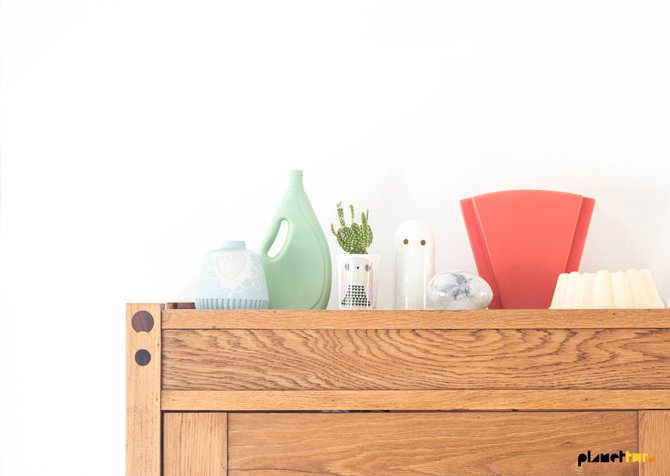Whole grain
/15 Reacties/in Fotografie, Persoonlijk /door MarlousHet lijkt erop dat, ondanks al mijn goede voornemens, ik me vooral met analoge fotografie bezighou tijdens mijn vakanties. Maar wat misschien nog wel de belangrijkste reden is: ik was absoluut niet tevreden met de wijze waarop moderne labs mijn films ontwikkelde. Dus bleven mijn analoge avonturen vooral hangen bij mijn geliefde Fuji Instax Polaroid Camera.
De zaken staan er inmiddels heel anders voor nu Carmencita Film Lab haar deuren opende.
Ik maakte deze foto’s tijdens een trip naar Friesland, met mijn vader’s Canon TLb uit de jaren ’70. Hij ging zelf ook mee, trouwens, mijn vader. Hoe leuk is het om met de camera waarmee mijn jeugd is vastgelegd nu mijn leven als volwassene vast te leggen? Daarnaast heb ik weer zoveel meer van hem geleerd, over het technische aspect van fotografie ‘oude stijl’. Die verbinding maakt deze foto’s extra kostbaar. En oi, die korrel en dat contrast…ik ben er geloof ik een beetje verliefd op.
Er zijn vijf vrouwen die mijn liefde voor analoge fotografie hebben aangewakkerd en wiens (analoge) foto’s zo mooi zijn dat je ze niet mag missen (als je dat al niet deed): Hanke (wie deze prachtige analoge foto’s maakte toen ik 32 weken zwanger was), Danique, Nikki, Iris en Anki. En trouwens nóg zo’n geweldig ‘Unique Selling Point’ aan Carmencita (naast het feit dat ze met zoveel liefde hun vak beoefenen): ze geven feedback op je foto’s. Geen zorgen, niet het soort feedback waar je van gaat huilen. Maar wel van het soort dat je fotografieskills per rolletje verbeteren zal.
It seems like the only moments in my life that I have time and space in my head to photograph with analogue cameras are during my holidays. On top of that, I wasn’t happy at all with the way regular labs developed my films, so I mostly just took photos with my beloved Fuji Instax Polaroid Camera.
But things have changed since Carmencita Film Lab opened their doors.
I took these photos during a trip to Friesland. I used my dad’s old Canon TLb from the 70s to take them. In fact, he was with me during this trip and it was lovely to talk with him about analogue photography. He learned me a lot about the technical aspects of shooting pictures ‘old style’. That is maybe why these images are extra dear to me. And boy, the contrast and grain in these pictures, I love them.
There are five women who sparked my love for lomography and whos photos you should definitely check out if you haven’t already: Hanke (who shot these amazing photos of me when I was 32 weeks pregnant), Danique, Nikki, Iris and Anki. Another great aspect of Carmencita by the way: they give feedback on your photos (not that they make you cry or something, don’t worry!). To make you an even better photographer with every film you shoot.
Blue ocean wave
/5 Reacties/in Persoonlijk /door MarlousEén van mijn meest favoriete museums is het Textiel Museum in Washington, Amerika. Tijdens een trip naar New-England een paar jaar geleden was het museum zelfs één van de hoogtepunten van mijn vakantie. Nu rijst bij jou waarschijnlijk de voor de hand liggende vraag wat ik moet met een favoriet museum aan de andere kant van de oceaan. Dat ligt vooral aan het feit dat dit textielmuseum een afdeling met oude kimono’s heeft en, nog leuker, ook een afdeling heeft waar de intrigerende weeftechniek van die kimono’s uitgelegd wordt. Ik ging er bijkans van kwijlen, van zoveel (en zulk oud) vakmanschap.
Het schub-motief op de vis en het potje is een traditioneel patroon dat ‘Seigaiha ocean wave’ wordt genoemd. In China werd het gebruikt om zeeën mee aan te geven op wereldkaarten, in Japan werd het gebruikt ter decoratie van textiel en keramiek. Ik hou van dit patroon vanaf het eerste moment dat ik het zag. Dat zo’n oud patroon zo tijdloos kan zijn, draagt ook nog eens bij aan die x-factor. Áls ik dus iets in de kringloop tegenkom met dit patroon, dan neem ik het mee. Ik denk dat ik zelfs een hondendrol met dit patroon nog mee naar huis zou nemen.
De ‘fishing in a fish’ print is gemaakt door I love Doodle, trouwens. Je vindt zijn webwinkel (en nog veel meer gave prints) hier.
One of my most favourite museums is the Textile Museum in Washington, U.S. I visited it two years ago on a trip to New-England and it was one of the highlights of that journey. The museum exhibits the most beautiful Asian textiles and I particularly loved their section of beautiful antique kimonos and the department entirely dedicated to all kinds of weaving technics that were used to make those beautiful kimono textiles.
The scale-like pattern on this fish and bowl is a traditional pattern called ‘Seigaiha ocean wave’. It was used in China to depict the sea on ancient maps, in Japan it was used to decorate textiles and ceramics. I’m in love with this particular pattern since the moment I laid eyes on it. It is just amazing that this centuries-old pattern still feels so contemporary. I don’t often stumble upon this pattern in a thriftshop, but if I do, I take it home. Hell, if I’d ever stumble upon a dog turd with this pattern, I’d carry that one home too.
The ‘fishing in a fish’ print is made by I love Doodle by the way. You can find his shop and loads of other fab art prints here.
About a the only clown I do not hate
/2 Reacties/in Boeken, Persoonlijk, Vintage /door Marlous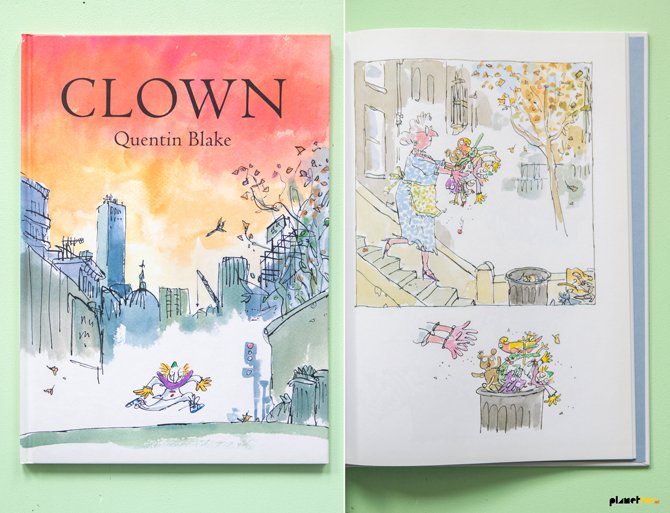
Mijn liefde voor kinderboeken is redelijk onstopbaar geworden sinds ons kleine meisje geboren is. Jet heeft al een verzameling (prenten)boeken waar ze zoet mee zal zijn tot ze alleen nog maar geïnteresseerd is in jongens, brommers en disco’s. (Jeetje, noem je dat nog zo? Ik klink nu al ouderwets!)
‘Het Clowntje’ heb ik al een hele tijd in mijn bezit, het stamt uit de tijd dat De Slegte nog goede zaken deed (zó lang geleden). De geluksvogel (ook al zo’n vintage woord) die dit boek mocht vertalen had een extreem relaxte dag aangezien de titel alle tekst is die het boek bevat. In het Engels heet het boek ‘Clown’ en ja, ik bezit beide versies en ja, zo mooi vind ik het dus. Bijkomend voordeel is nu dat, zodra onze dochter in een boekenslopende peuter is veranderd, ik altijd nog een onbeschadigd exemplaar in mijn collectie heb.
Het boek gaat dus over een clown (joh!) en laat het nu het geval zijn dat ik clowns haat. Tenzij ze getekend zijn door Quentin Blake, de man die onder andere de boeken van die andere held, Roald Dahl, illustreerde. Quentin Blake’s werk hoort op een voetstuk, niet tussen de ramsj. Als ik iets van hem tegenkom in de kringloop, neem ik het daarom mee.
‘Het Clowntje’ gaat over een clown die samen met zijn andere (speelgoed) vrienden bij het grofvuil wordt gezet. Hij weet uit de afvalbak te komen en gaat op zoek naar iemand die hem kan helpen zijn vrienden te redden, maar helaas luistert er in eerste instantie niemand naar hem. Uiteindelijk wel, gelukkig. Nog steeds raak ik een beetje ontroerd als ik het boek doorkijk, zelfs nu ik niet meer geloof dat knuffeldieren leven (al zal je mij nooit mijn oude knuffels naar de kringloop zien brengen, ik zou niet kunnen leven met het schuldgevoel). Ik kan de wanhoop van het clowntje bijna voelen en iedere keer ben ik weer opgelucht dat hij uiteindelijk zijn vrienden redden kan. Als je dat gevoel bij een 32-jarige kan oproepen, dan versta je naar mijn mening je vak. Het Clowntje is de reden waarom ik nooit meer rustig langs de bakken met knuffeldieren in de kringloop kan lopen zonder het gevoel te moeten onderdrukken dat ik ze allemaal redden moet.
Het boek is nog steeds te koop via Bol.com en Amazon. Benieuwd naar al mijn andere favoriete kinderboeken? Klik dan hier.
It’s been a while since I discussed a (vintage) children’s book with you guys, so here’s another gem I’d like to share with you.
This must have been the easiest book to translate since it only contains one word and that’s its title. The translator of this book must have had an awfully relaxed day when he took this job. I actually own the English and Dutch version of this book because I love it so much. And since we have a baby girl that one day will turn into a book rampaging toddler, I’ll always have a spare one in my collection.
So, what is it about then? About a clown (hey, that’s a surprise. NOT). And boy, I hate clowns. But not this one. If somebody can make me love a clown, he or she is very good at his job. And Quentin Blake is, people. He may be known best for illustrating books written by Roald Dahl, but he did a lot of other books too so when I bump into his work in a thriftshop I always take it home.
So, Clown is about a clown. In short: clown and his toy friends are thrown into a dumpster, he manages to get out and then tries to find someone to take care of his friends, but no one listens. Eventually of course someone does, fortunately. Until this day I’m still touched by this story, even though I don’t believe my toys are alive anymore. (You still won’t see me throwing around or throw away my old, cuddly childhood friends though – you can never be too sure!) I can almost feel the clown’s desperation and every time I flip through the book I’m relieved when he eventually finds someone who helps him rescue his friends. This book might be the reason why I will always walk pass the cuddly toys section in a thriftshop and feel like I have to rescue them all.
It is still available at Amazon. Curious of my other favourite books? Take a peek here.
Structures
/10 Reacties/in Persoonlijk, Vintage /door MarlousInmiddels heb ik vrede met het feit dat mijn stijl een samengeraapt zooitje is (ik typ dit in een jurk met Toile de Jouy patroon op een stippenlegging – dat). Gezien het voornoemde is het dus niet heel verbazingwekkend dat ik in de kringloop voor de watermeloenkleurige jaren ’80 vaas viel en tegelijkertijd voor een retro wit-met-blauwe melkkan. Toch verbaast het me hoe mooi mijn samengeraapte zooitje het doet, zo samen op één kast.
Over the years I accepted the fact that my style is best described as an odd-bod bunch of different styles (I’m writing this in a Toile de Jouy patterned dress on top of a dotted legging – that certainly illustrates it eh?). That’s why I can fall for a watermelon coloured 80s vase and a retro blue-and-white jug on one second-hand shopping day. Still, it amazes me how those different styles turn into a beautiful blend when I put them together on our cupboard.
